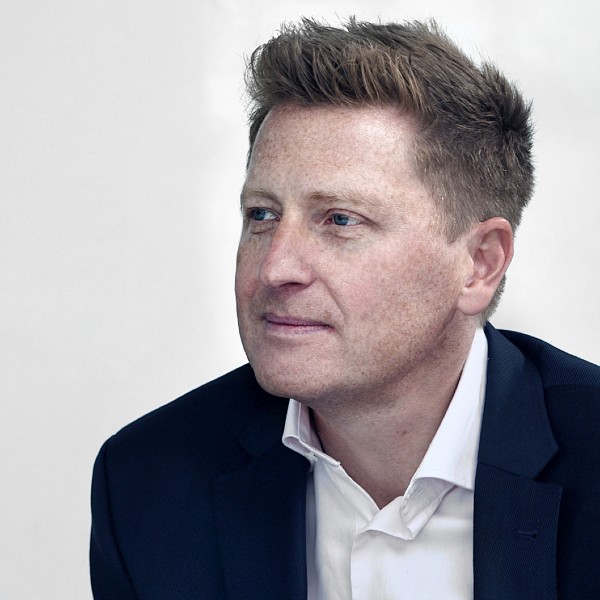This website uses cookies so that we can provide you with the best user experience possible. Cookie information is stored in your browser and performs functions such as recognising you when you return to our website and helping our team to understand which sections of the website you find most interesting and useful.
02 Dec 2021
Stephanie Gillibrand – Exploring experiences during the COVID-19 pandemic and inequities in the vaccination rollout: insights from the public community involvement and engagement (PCIE) work

In this blog, Stephanie Gillibrand,Research Associate at The University of Manchester, explores inequities during the COVID-19 pandemic and vaccination rollout. Using insights from Public Community Involvement and Engagement work (PCIE) and the Greater Manchester Care Record, Stephanie discusses how her team set out to understand individuals’ experiences based on area-levels of deprivation, age, geography and ethnicity.
The onset of the global COVID-19 pandemic and subsequent vaccination rollout enabled a perfect storm for exacerbating health and social inequalities. Working with colleagues from the University of Manchester and the NIHR Applied Research Collaboration Greater Manchester (ARC-GM), we set about understanding vaccine uptake in Greater Manchester, taking into consideration area-levels of deprivation, age, geography and ethnicity.
As part of this research, we’ve been able to access the Greater Manchester Care Record to compare flu vaccination levels in Greater Manchester to the uptake of the COVID-19 vaccine. This analysis is now complete and has been submitted for publication.
Now this analysis provides us with statistical evidence, but it doesn’t provide any context to the numbers, nor an understanding of the social, cultural and political drivers of higher or lower uptake. Therefore, we thought it was important, especially given the highly politicised nature of the COVID-19 pandemic and the media attention around the vaccination programme, to initiate conversations with members of the public and groups that had been disproportionately affected by the COVID-19 pandemic, to learn from them to better understand the important issues around the vaccination programme, and the pandemic as whole. It is crucial to the research itself and for wider understanding, as well as a priority for the research team, to ensure that the findings of the research are situated with people’s lived experiences, to contextualise the numbers and ensure the findings do not misrepresent the highly complex socio-political situation that we are currently in.
Over the course of several months we held a number of engagement sessions; with young adults in GM, young carers, ethnic minority groups, and with individuals who have long term health conditions. Over the course of these months, the COVID-19 pandemic, the vaccination strategy and the subsequent rollout was central across mainstream media, with a constant flow of COVID-19 reports and briefings, including commentary on the success of the rollouts, eligibility of different groups, reports of side-effects etc. This undoubtedly influenced the types of topics that came up in our engagement sessions. For instance, in the earlier sessions, there was much talk around physical and logistical access issues at a time when only the regional vaccination sites were open, and discussion around the prioritisation of the first cohorts offered the vaccine. In the later sessions, discussions around safety concerns of certain vaccines, as well as vaccine passports, mandatory vaccinations and the right to choose, were much more prominently featured in discussions. This brings homes the importance of public discussion, at a time when public discourse is so fervently shaped by the media and current events. In particular, embarking on a series of engagement initiatives meant we were able to capture shifts in the publics’ view and priorities, rather than a snapshot which was influenced by prominent news stories at the time.
Whilst we had some fantastically positive engagement and interactions, and many individuals were happy to be a part of our work, there was some pushback and resistance to engage from some public contributors. This initiated thoughtful conversations amongst the team: recognising our position as researchers, working in the Biology, Medicine and Health Faculty, at a major UK university. This inevitably sends signals to those we are seeking to engage with, about our supposed biases and even our intentions as academic researchers. Set against the backdrop of much negative media around so called ‘anti-vaxxers’, those with legitimate concerns felt that there were unable to participate for fear of vilification, or that they would be coerced into taking the vaccine through these sessions. As a result, we took steps to ensure we were creating a ‘safe-space’ platform for people to share their views and made the aims of the sessions more explicit.
The engagement work threw up many different and striking themes – it was clear it had only scratched the surface. In partnership with our public contributors through the establishment of an Advisory Group, we have developed a standalone research component, involving interviews and focus groups, to sit alongside the statistical work. The aim of this was to build on what we had learnt in the public engagement and to delve deeper into some of the themes and issues raised. To enable us to reach diverse groups, we formally engaged a public contributor to undertake the research with us, through co-facilitating focus groups and conducting one-to-one interviews in other languages.
It was clear from our engagement work that vaccine uptake was embryonic of other factors, and that social, cultural and historical factors played a significant part in an individual’s decision to have the vaccine or not. Alongside this, of course, was the backdrop of the pandemic as a whole: the public and personal health risks, lockdown, social distancing, social isolation, furlough and redundancies etc. It was important that we had a research workstream that could look at these areas in conjunction with each other, along with the vaccination rollout. Most importantly, we wanted to give communities most affected by the pandemic the opportunity to tell their stories and relay their experiences of the previous, unprecedented, last 18 months. Crucially, it was the engagement work that led us to this.
Written by Stephanie Gillibrand




